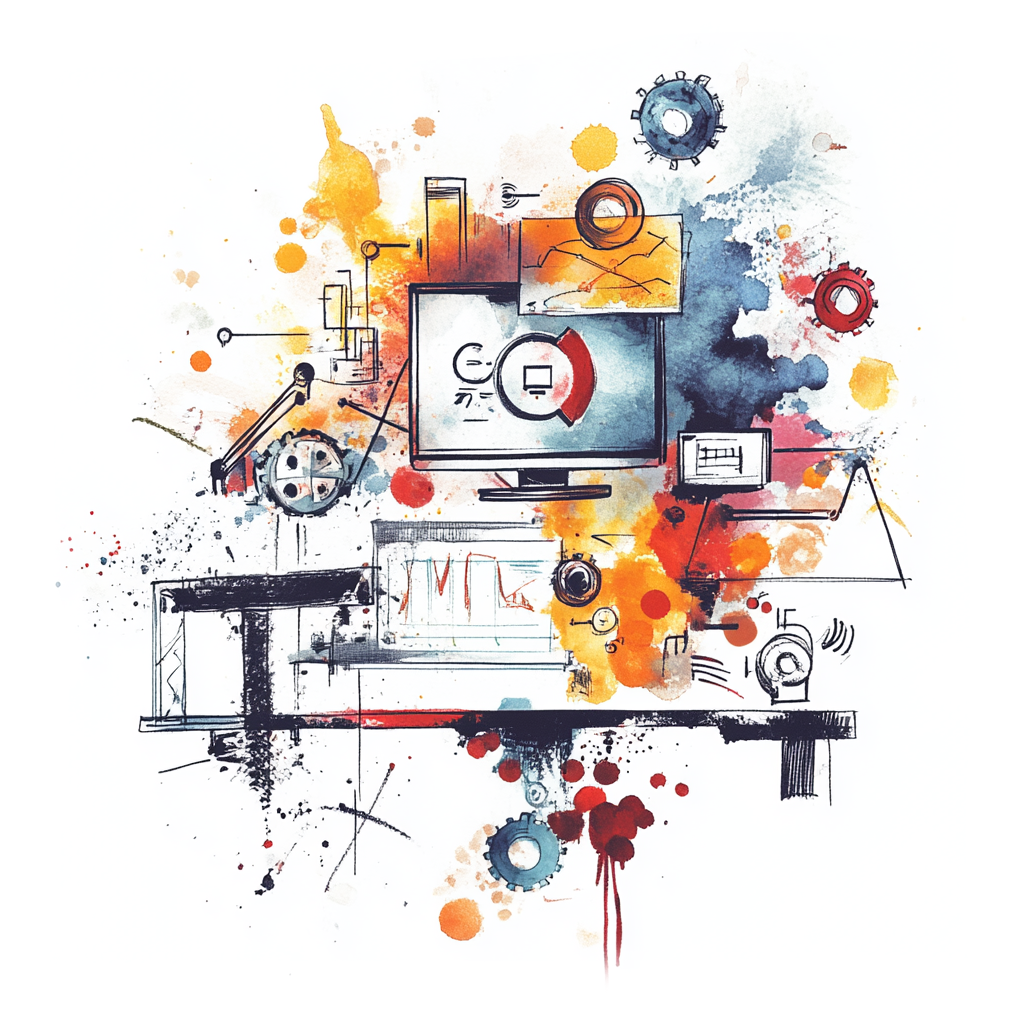Leveraging Self-Owned AI in Cybersecurity
Learn how Cybersecurity companies can leverage self-owned AI to enhance their operations and drive innovation.

Empowering Cybersecurity with Your Own AI
In today’s increasingly interconnected digital world, cybersecurity isn't just a buzzword—it's a necessity. With threats lurking around every virtual corner, upstream operators in the cybersecurity industry face the daunting task of shielding sensitive information and ensuring safety across platforms. But what if I told you that you could leverage your own AI to supercharge your security efforts? Let’s break it down.
Use Cases for Your Own AI in Cybersecurity
Picture this: your company is consistently bombarded by phishing attempts, malware infections, and data breaches. Imagine if you had a smart assistant that could help you evaluate each threat swiftly. Here are a few industry-specific scenarios where your own AI can make a significant impact:
-
Intelligent Threat Detection: With customized algorithms, your AI can analyze historical attack patterns, identifying anomalies in real-time. This means spotting potential breaches before they explode into full-blown crises.
-
Automated Incident Response: When a threat is identified, instead of scrambling to gather a team, your AI can automatically execute predefined responses—isolating affected systems, notifying the right personnel, and starting data recovery procedures.
-
Phishing Detection and Training: Your AI can assist in recognizing malicious emails and even simulate phishing attempts, helping your team stay sharp and aware in a constantly evolving threat landscape.
-
Vulnerability Management: Scanning your network for vulnerabilities becomes a breeze with your own AI, which can prioritize risks based on criticality, helping your team focus on what matters most.
Why Go for Your Own AI?
You might wonder about the value of creating your own AI tool rather than relying on third-party solutions. Here’s why opting for a self-hosted AI can give your security strategy an edge:
-
Data Privacy: When sensitive data is at stake, keeping everything in-house ensures your information doesn't spill into the hands of third parties or the cloud. With your own AI, you maintain control over data, complying with legal and regulatory requirements while safeguarding client trust.
-
Custom Solutions for Unique Needs: Every cybersecurity firm has its unique challenges and requirements. Your own AI can be tailored specifically to your needs, adapting to your company’s voice and processes rather than forcing a one-size-fits-all solution.
-
Cost-Effectiveness: The cost of licensing third-party solutions can add up quickly. Building your own AI platform may require an initial investment, but in the long run, it pays for itself as you eliminate ongoing subscription fees.
-
Control and Flexibility: With your own AI, you have the power to innovate, make adjustments, and scale as needed. Whether it’s adapting to new threats or incorporating additional features, you’re in total control.
Steps to Build Your Own AI
With the “why” in mind, let’s dive into how to turn this vision into reality. While it may sound daunting, here’s a simple roadmap to bring your own AI to life:
-
Assess Requirements: Start by understanding your organization's needs and challenges. What cybersecurity threats are you most concerned about? What gaps exist in your current defenses? Identify use cases that your AI should address.
-
Gather Data: Constructing a smart AI requires rich data to learn from. Begin collecting relevant data points, including threat intelligence, past incidents, and system vulnerabilities. The more data, the better your AI's performance.
-
Choose Technology Stack: Select the technologies and tools you'll utilize to build your AI. This might include programming languages like Python, frameworks like TensorFlow or PyTorch, and cloud platforms for hosting (if necessary).
-
Develop and Train the AI: The creation phase involves setting up your AI's architecture and training it with the data you've gathered. Be sure to focus on refining its ability to learn and respond effectively to new threats.
-
Test and Iterate: Once your AI has been built, the real fun begins—testing. Run simulations, monitor its responses, and refine it based on performance metrics. This cycle of testing and improvement is crucial for building resilience.
-
Deploy and Monitor: After rigorous testing, it's time to roll out your AI into your security operations. Continue to monitor its performance, gather feedback, and make adjustments over time. Remember, learning is a continuous process!
Wrap Up
Embracing your own AI can revolutionize how you approach cybersecurity, transforming potential chaos into streamlined operations. Ultimately, it’s not just a tool—it’s a proactive partner in safeguarding your digital landscape. So why wait? Begin exploring this powerful opportunity today and arm your cybersecurity team with the innovative AI solution they deserve.
